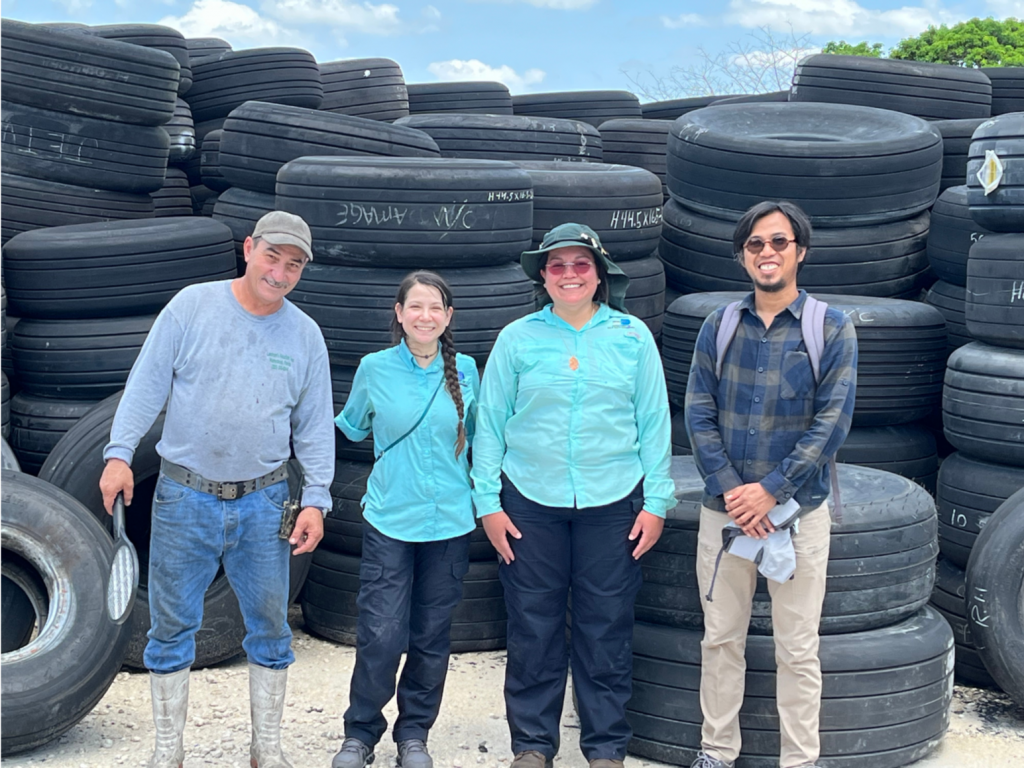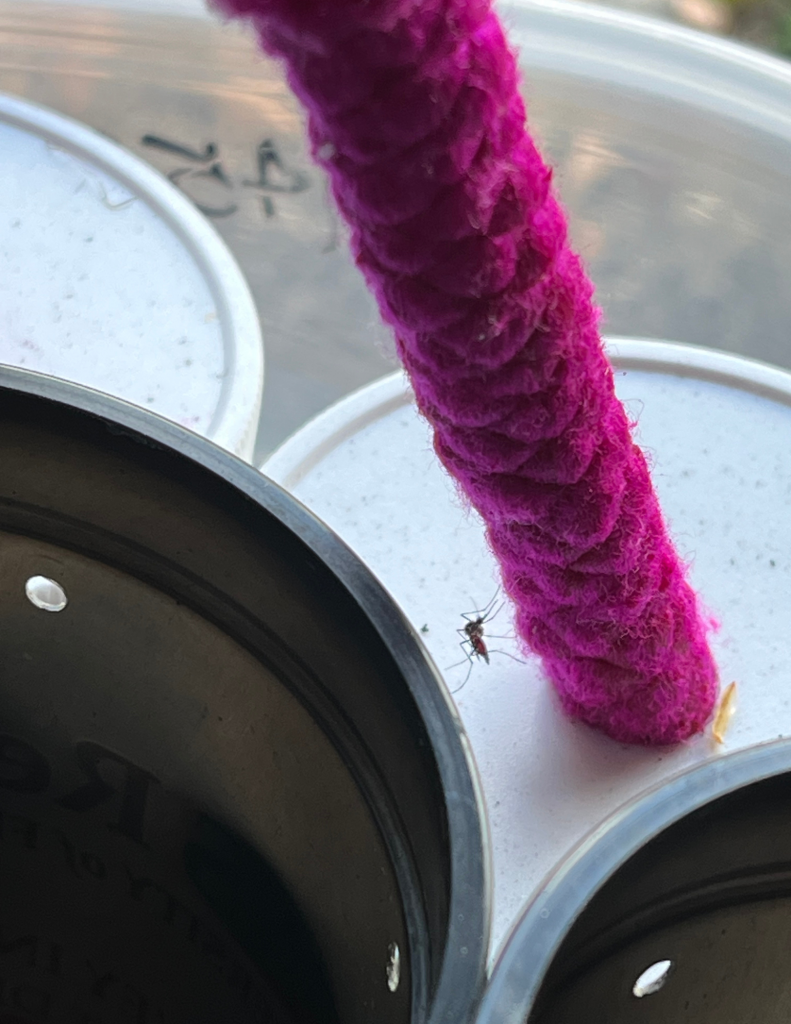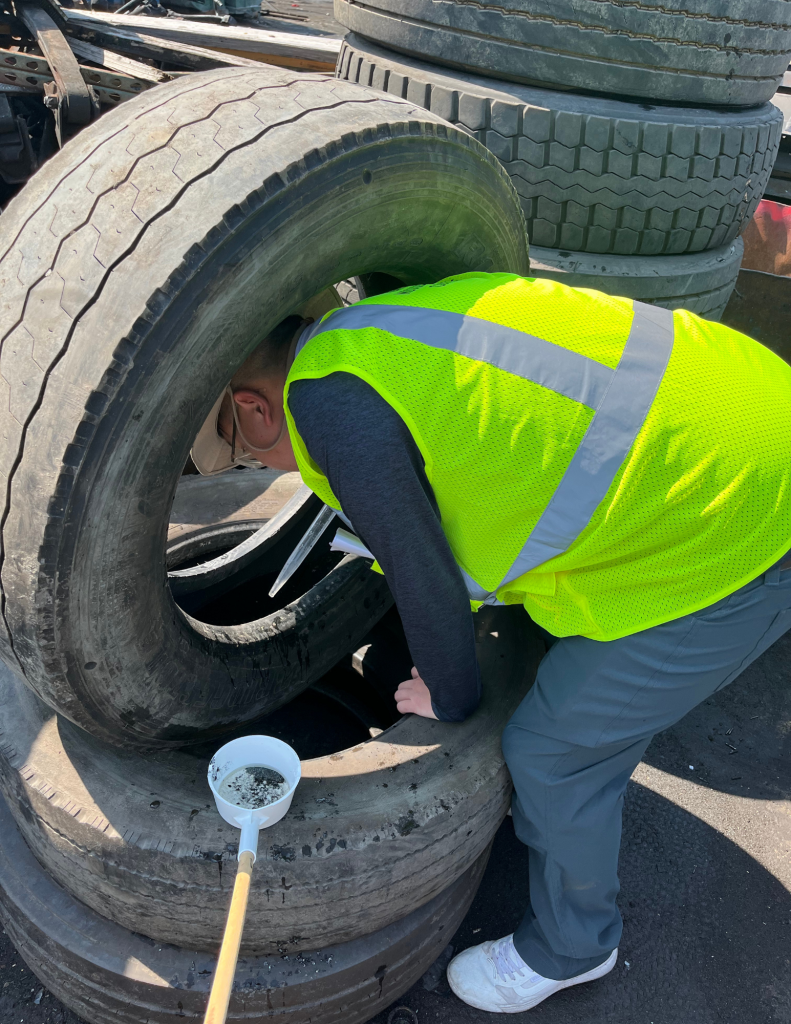We will employ in situ labeling of natural oviposition sites with Rhodamine B in two defined areas of Miami-Dade County that are candidate sites for an intervention study. This approach circumvents the need to rear (from lab or field-derived egg collections), mark, and release mosquitoes and may be more acceptable to communities in Miami-Dade. Dr. Ryan will provide support in modeling spatio-temporal movement of aegypti in the release sites. By using natural breeding sites this mark-capture approach uses natural mosquito releases from these label-enriched oviposition sites, and therefore does not contribute additional mosquitoes to the environment.
Miami-Dade County, Miami, Florida
This field site is led by Dr. John Beier at the University of Miami with assistance from SECVBD PostDoc Dr. Hadian Sasmita, and graduate student, Magic Vang. This field site also collaborates with the Miami-Dade Mosquito Control District.
Specifically, in Miami-Dade, a tire yard in Homestead and a residential area in Opa-Locka were selected as the study sites due to the high-number of Ae. aegypti population monitored in Miami-Dade Mosquito Control vector mosquito surveillance data.
Ponce, Puerto Rico
This field site is led by Dr. Vanessa Rivera-Amil and Dr. Robert Rodriguez Gonzalez at Ponce Health Sciences University.




